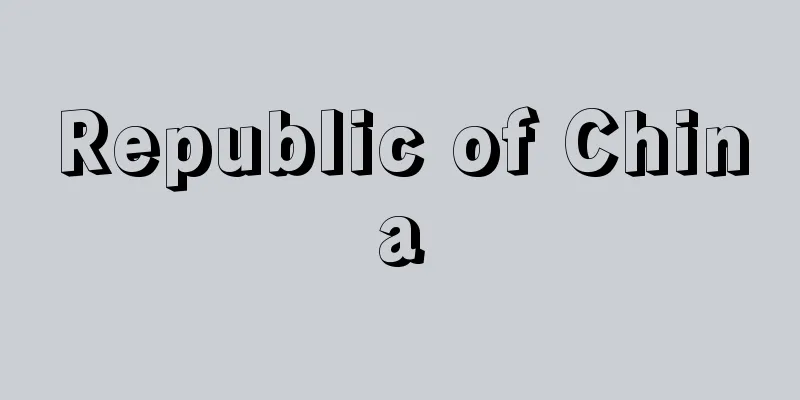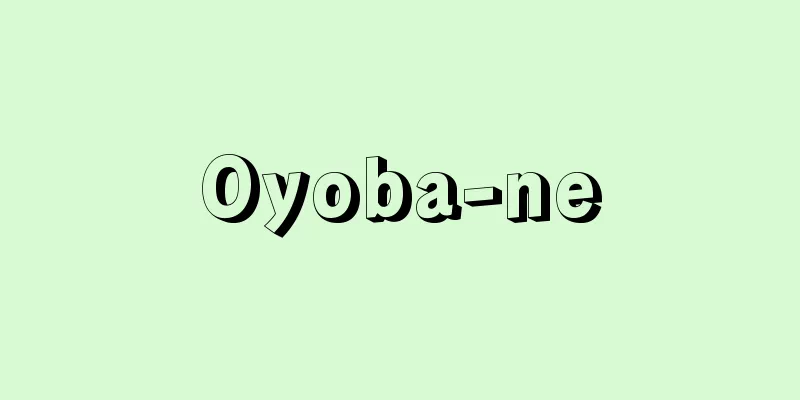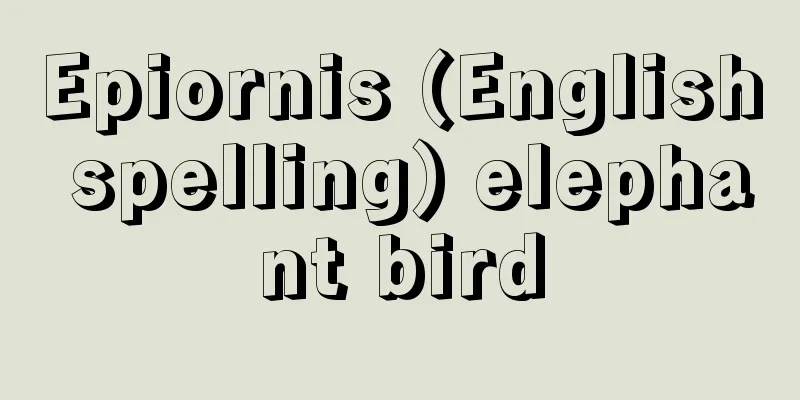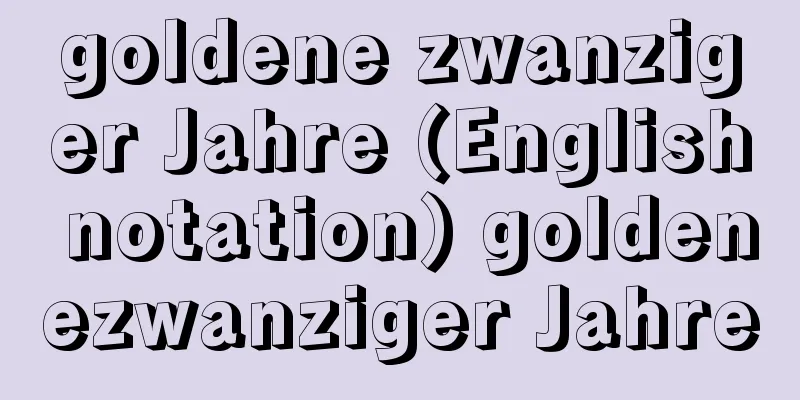Republic of China

|
The republic was established in 1912 after the Xinhai Revolution. In January 1912, Sun Yat-sen was appointed provisional president and Nanjing was established as the capital. However, it did not have the power to overthrow the Qing dynasty, and when Yuan Shikai overthrew the Qing dynasty in February, Yuan Shikai became provisional president according to a secret agreement. After moving the capital to Beijing, Yuan Shikai linked with the western countries, strengthened his dictatorship and suppressed the revolutionaries. At the end of 1915, he declared the restoration of the imperial dynasty, but gave up due to opposition from both inside and outside the country. The following year, Yuan Shikai died, and the country was divided into warlords until 1928. Influenced by the May Fourth Movement in 1919, Sun Yat-sen formed the Kuomintang, which he reorganized in 1924 to carry out the first Kuomintang-Communist cooperation and established the Guangdong Military Government. After Sun Yat-sen's death in 1925, Chiang Kai-shek took the leadership and launched the Northern Expedition in 1926. However, in April 1927, during the Northern Expedition, Chiang Kai-shek's Shanghai coup led to a split between the Chinese and the Communist Party. Chiang Kai-shek established the Nationalist Government in Nanjing with the support of foreign powers and the Zhejiang financial conglomerates. In 1928, he resumed the Northern Expedition and expelled Zhang Zuolin from Beijing. After Zhang was assassinated by the Japanese army, he secured the support of Zhang Xueliang, who succeeded him, and completed the unification of China. In 1931, Japan began a full-scale invasion of China by inciting the Manchurian Incident, but the Nationalist Government intensified its civil war against the Communist Party. In the same year, the Communist Party established the Chinese Soviet Republic in Ruijin with Mao Zedong as its chairman, but under pressure from the Nationalist Government, they began the Long March in 1934. In 1935, the Nationalist Government carried out a currency reform, making only banknotes (paper money) from three government-affiliated banks legal tender, and strengthened its dictatorship in the economic sphere as well. Chiang Kai-shek initially rejected the Communist Party's call to form an anti-Japanese united front, but accepted it after the Xi'an incident in 1936. When the Sino-Japanese War escalated into full scale after the Marco Polo Bridge Incident in July 1937, the second Kuomintang-Communist cooperation was established and the Anti-Japanese National United Front was formed. As the war expanded, the Nationalist government moved the capital from Nanjing to Wuhan and Chongqing to continue the anti-Japanese war, and in 1943 during World War II, it succeeded in abolishing the unequal treaties with the United States and Great Britain. After the war ended, the Kuomintang signed the Double Tenth Agreement with the Communist Party in October 1945, but resumed the Kuomintang-Communist Civil War in November. In 1948, Chiang Kai-shek became the first president of the Republic of China, but was defeated in the civil war and the Republic of China government fled to Taiwan in May 1949. Source: Obunsha World History Dictionary, Third Edition About Obunsha World History Dictionary, Third Edition |
|
辛亥革命後,1912年に成立した共和国 1912年1月,孫文を臨時大総統,南京を首都に樹立された。しかし,清朝を打倒する力がなく,2月袁世凱が清朝を滅亡させると,密約にしたがって袁世凱が臨時大総統に就任。袁世凱は北京に遷都したのち列国と結び,独裁体制を強化して革命派を弾圧,1915年末帝政復活を宣言するが,内外の反対で断念した。翌年,袁世凱が没すると,以後1928年まで軍閥による割拠時代となった。孫文は,1919年五・四運動の影響を受けて中国国民党を結成し,24年に同党を改組して第1次国共合作を行い,広東軍政府を樹立。1925年の孫文死後,指導権を握った蔣介石によって,26年から北伐が開始された。しかし北伐途上の1927年4月,蔣介石の上海クーデタで国共分裂となった。蔣介石は,列国や浙江財閥の支持のもとに南京国民政府を樹立。翌1928年北伐を再開して張作霖を北京から追放,張が日本軍によって爆殺されたのち後を継いだ張学良の支持をとりつけ,中国統一を完成。1931年日本が満州事変をひき起こして中国侵略を本格化したが,国民政府は共産党に対する内戦を激化。同年,共産党は瑞金に毛沢東を主席とする中華ソヴィエト共和国を樹立したが,国民政府の圧迫を受け,1934年から長征を開始。1935年国民政府は幣制改革を行い,政府系3銀行の銀行券(紙幣)だけを法幣とし,経済面でも独裁を強化した。蔣介石は,共産党側からの抗日統一戦線結成の呼びかけを拒否していたが,1936年の西安事件によってそれを受け入れた。1937年7月の盧溝橋事件によって日中戦争が全面化すると,第2次国共合作が成立して抗日民族統一戦線が結成された。戦争拡大に伴い,国民政府は首都を南京から武漢・重慶に移して抗日戦を継続し,第二次世界大戦中の1943年,米・英との不平等条約撤廃に成功。大戦終了後,1945年10月に国民党は共産党と双十協定を結んだが,11月から国共内戦を再開。1948年蔣介石が中華民国初代総統に就任したが,内戦に敗れて,49年5月中華民国政府は台湾に逃れた。 出典 旺文社世界史事典 三訂版旺文社世界史事典 三訂版について 情報 |
>>: Junior high school - chuugakuko
Recommend
Dahl - Robert Alan Dahl
A leading American scholar of modern political sc...
Coulomb, Charles-Augustin de
Born: June 14, 1736, Angoulême Died: August 23, 18...
Rhyme diagram - Ins
A collection of tables that arrange initial conson...
Square chisel - Kaku no miban
…His greatest achievement was to introduce the pr...
Mina
A magazine for young women published by Shufunotom...
Campbell libel law
…It is also written as libel law. It refers to th...
Narahama ruins - Narahama ruins
A Yayoi period burial site located in Atochi, Gots...
Luminosity function
Let f ( M ) dM be the number of celestial objects ...
Proconsul - Proconsul (English spelling)
A family of fossil apes. Since the 1930s, skulls,...
The Tale of the Elegant Shidoken
A humorous book written by Furai Sanjin (Hiraga G...
Mutsu Shogunate
The governing body of Oshu established by the Kenm...
Fujioka [town] - Fujioka
An old town in Shimotsuga District, southern Tochi...
Transformation - Henshin (English spelling) Die Verwandlung
A short story by the German author Kafka. Publish...
Sophokles - Sophocles
Along with Aeschylus and Euripides, he is one of ...
Onchocerca volvulus
Also known as Onchocerciasis rotunda. A type of wo...









